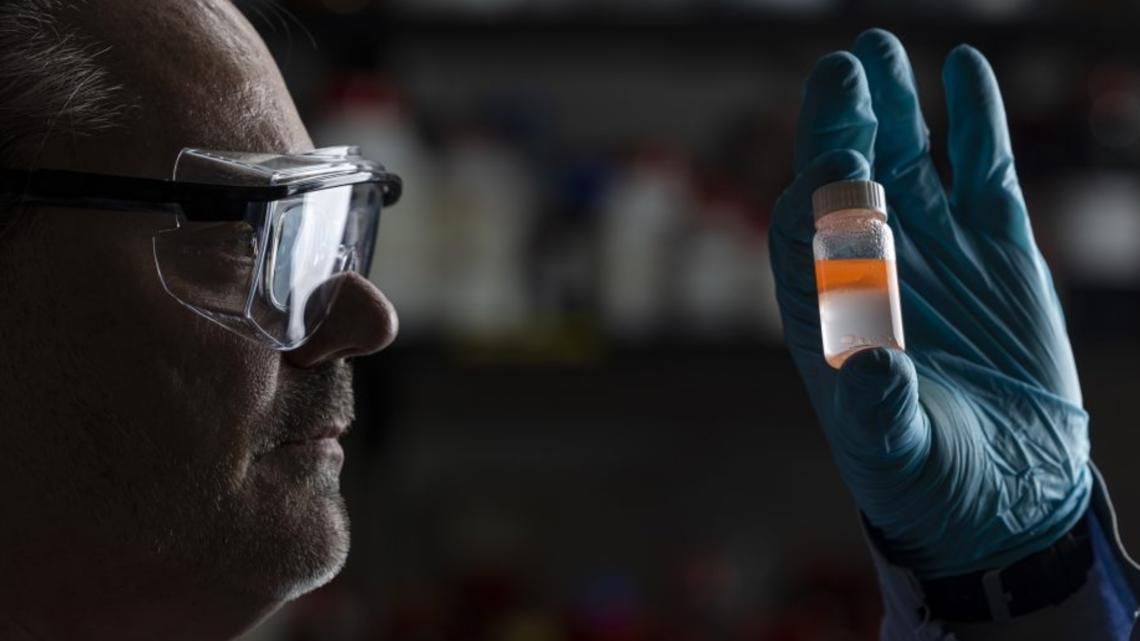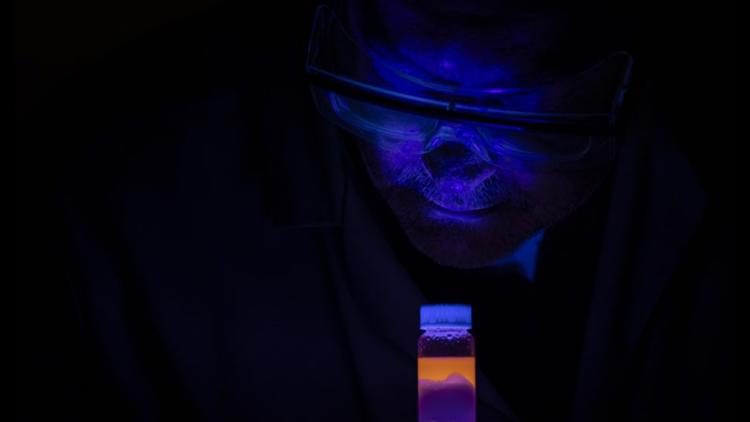COLUMBIA, Mo. — Researchers who delved inside a pitch-black cave near St. Louis made a worrying discovery in 2023: The cave's water and sediment were teeming with microplastics, despite going untouched by humans for more than 30 years.
The team from Saint Louis University found the toxic particles, which can pollute the human body, poison animals and disrupt entire ecosystems, were 100 times more concentrated in the cave's sediment than in its water.
Recent research offers few solutions to removing the small and dangerous plastics from waterways. A new study out of the University of Missouri, however, appears to be the most promising step in the right direction.
Researchers out of Mizzou's Department of Chemistry have found a way to remove more than 98% of nanoplastics from water. The study, published in the ACS Applied Engineering Materials research journal, found that a new liquid-based solution that uses water-repelling solvents can absorb nearly all of the toxic particles from a water source.


“Our strategy uses a small amount of designer solvent to absorb plastic particles from a large volume of water,” said Gary Baker, an associate professor in Mizzou’s Department of Chemistry and the study’s corresponding author. “Currently, the capacity of these solvents is not well understood. In future work, we aim to determine the maximum capacity of the solvent. Additionally, we will explore methods to recycle the solvents, enabling their reuse multiple times if necessary.”
Piyuni Ishtaweera, a recent doctorate alumna from Mizzou and a researcher at the U.S. Food and Drug Administration in St. Louis, said the solvent is effective in both fresh and saltwater.
"These solvents are made from safe, non-toxic components, and their ability to repel water prevents additional contamination of water sources, making them a highly sustainable solution,” Ishtaweera said. “From a scientific perspective, creating effective removal methods fosters innovation in filtration technologies, provides insights into nanomaterial behavior and supports the development of informed environmental policies.”



